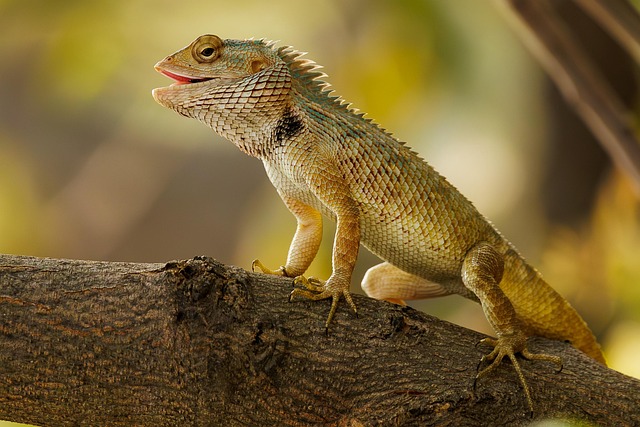
Cracking the Code: The Fascinating Role of Eggs in Reptile Reproduction
Exploring the Egg: Nature’s Marvel in Reptile Reproduction
Eggs are often seen as symbols of new beginnings and potential, embodying the essence of life itself. In the realm of reptiles, these fascinating structures play a central role in reproduction and the survival of species. The intricate journey from a fertilized egg to a hatchling is a remarkable testament to the wonders of nature and evolution.
The Egg as a Nurturing Environment
Reptile eggs come in various shapes and sizes, each uniquely designed to safeguard fragile embryos. The hard, calcareous shells of tortoise eggs provide strength and protection, while the soft, leathery shells of snake and lizard eggs offer a flexible environment that can still allow for respiration. These adaptations are essential for survival, ensuring that the developing young have the best possible chance of emerging into a world full of challenges.
Incubation Techniques: Nature’s Strategy
One of the most fascinating aspects of reptile reproduction is the diverse incubation strategies employed by these creatures. Some species bury their eggs in warm, sandy nests, allowing the sun’s heat to incubate them naturally. Other reptiles, like certain species of crocodiles, safeguard their nests, actively monitoring the temperature to ensure that their embryos develop under optimal conditions. This parental care, often absent in many animal groups, showcases the depth of connection that exists in nature.
The Dance of Temperature and Sex Determination
In an intriguing twist of nature, the temperature at which reptile eggs are incubated can determine the sex of the hatchlings. This phenomenon, known as temperature-dependent sex determination (TSD), is observed in various turtle and crocodile species. When conditions are perfect, a balance of male and female hatchlings emerges, a delicate balance critical for the continuation of the population. This adaptation is a fascinating interplay of environment and biology, highlighting how reptiles have evolved to thrive in their habitats.
Challenges and Adaptations
Despite their remarkable adaptations, reptile eggs face numerous threats in the wild, from predators to environmental changes. The delicate nature of eggs makes them vulnerable, yet this has also led to incredible evolutionary strategies. Some reptiles have adopted behaviors such as laying more eggs or choosing nesting sites that are less likely to attract predators. Each tactic demonstrates the resilience of these remarkable creatures, showcasing the indomitable spirit of survival within the natural world.
The Future of Reptile Eggs
As our planet continues to face challenges such as climate change and habitat destruction, understanding the role of reptile eggs becomes increasingly crucial. These eggs are not just biological vessels; they are essential to the survival of species and the health of ecosystems. By studying reptile reproduction, we can gain greater insight into how to protect these animals and, in turn, the rich biodiversity of our planet.
As we admire and respect the incredible journey of reptile eggs—from their formation to the transformation into vibrant, independent hatchlings—we are reminded of the intricate tapestry of life that each egg represents. These marvels of nature embody hope, survival, and the unwavering connection between all living things.



